Exploring the Future of Energy Efficiency with LED Technology Innovations
As the world grapples with pressing energy challenges and the urgent need for sustainable solutions, LED technology emerges as a beacon of innovation in the realm of energy efficiency. This transformative lighting technology not only promises significant reductions in energy consumption but also opens up new avenues for enhancing lighting quality and longevity. The evolution of LED technology has been marked by remarkable advancements, from its inception to the current state where it integrates smart features, allowing for optimized energy use in various settings.
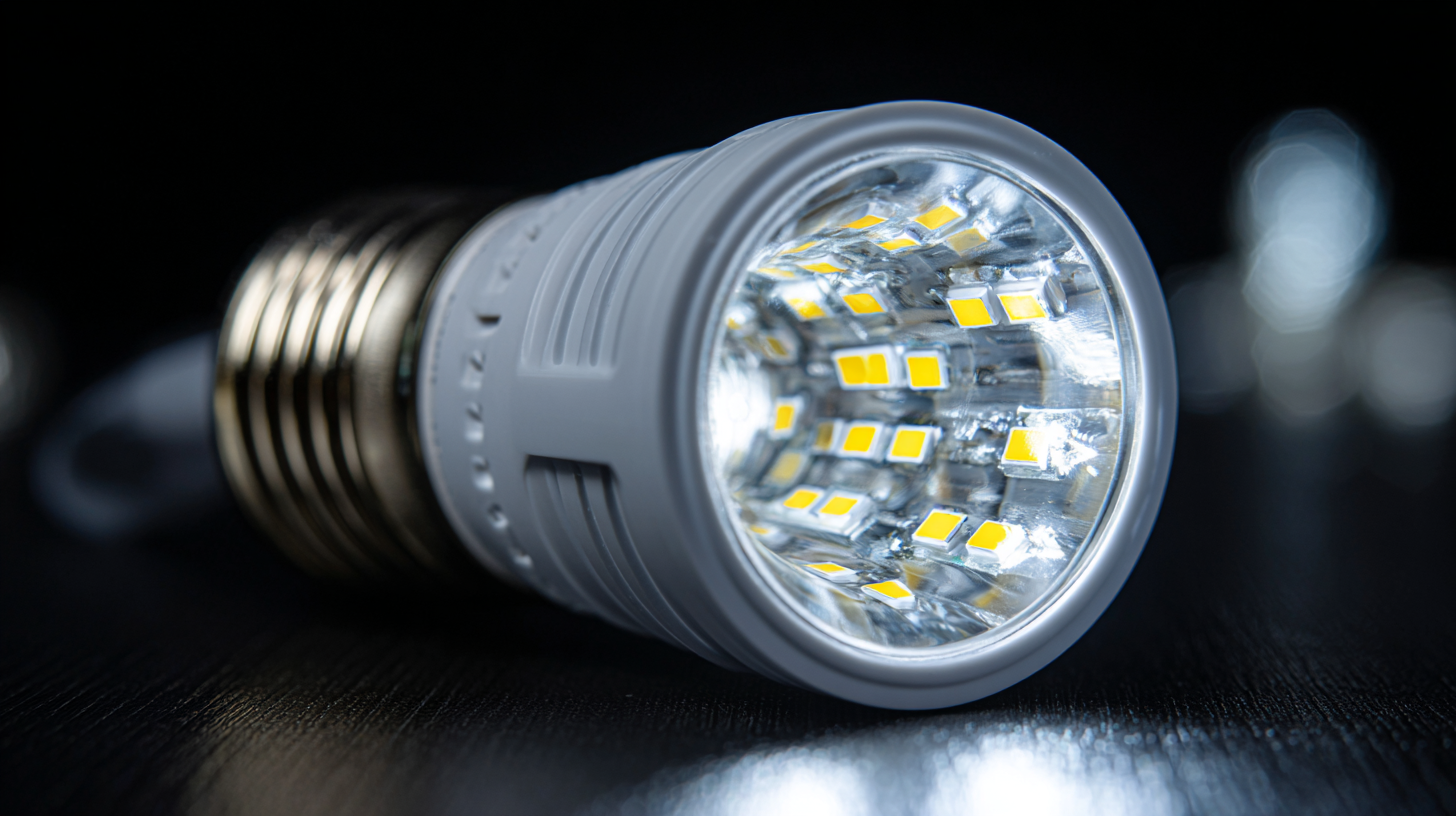
Exploring the future of energy efficiency through these innovations reveals not just the environmental benefits but also economic advantages, paving the way for smarter cities and more sustainable lifestyles. This introduction aims to delve into the myriad possibilities that LED technology presents, highlighting its pivotal role in shaping an energy-efficient future.
The Evolution of LED Technology: A Historical Perspective
The historical perspective of LED technology reveals a remarkable evolution that has significantly influenced energy efficiency in various applications. Originally conceived in the early 20th century, LED technology has undergone substantial advancements, transitioning from early red indicators to today's energy-efficient, high-brightness lighting solutions. This shift not only showcases the technological prowess but also highlights the growing demand for sustainable energy sources in response to climate change concerns.
As we look towards the future, the global market for LED technology is set to experience unprecedented growth. In 2024, it is anticipated to reach a value of $156.47 billion, with projections suggesting a climb to $295.4 billion by 2032, marking a compound annual growth rate of 8.5%. The Asia-Pacific region is expected to lead this expansion, accounting for 39.9% of the market in 2024. Such growth underscores the critical role of LED innovations in fostering energy efficiency while catering to the surging demand for greener technologies, thereby positioning LED technology as a focal point in the pursuit of sustainable energy solutions.
Current Innovations in LED Technology and Their Impact on Energy Efficiency
Recent innovations in LED technology have propelled energy efficiency to unprecedented levels, significantly transforming how we approach lighting solutions. According to a report by the U.S. Department of Energy, the widespread adoption of LED lighting could save approximately 348 terawatt-hours of electricity annually by 2027, which is equivalent to the annual output of 44 large power plants. This substantial reduction not only leads to lower energy costs for consumers but also contributes to a decrease in greenhouse gas emissions, thus playing a crucial role in combating climate change.
Furthermore, advancements in smart LED technology, such as the integration of IoT capabilities, offer enhanced efficiency by allowing users to optimize their lighting systems based on various parameters, including occupancy and ambient light levels. The International Energy Agency (IEA) predicts that these intelligent lighting solutions could result in a further 30% reduction in energy use compared to traditional LED systems. As the industry continues to innovate, these improvements underscore the vital role LEDs will play in achieving global energy efficiency targets and fostering a sustainable future.
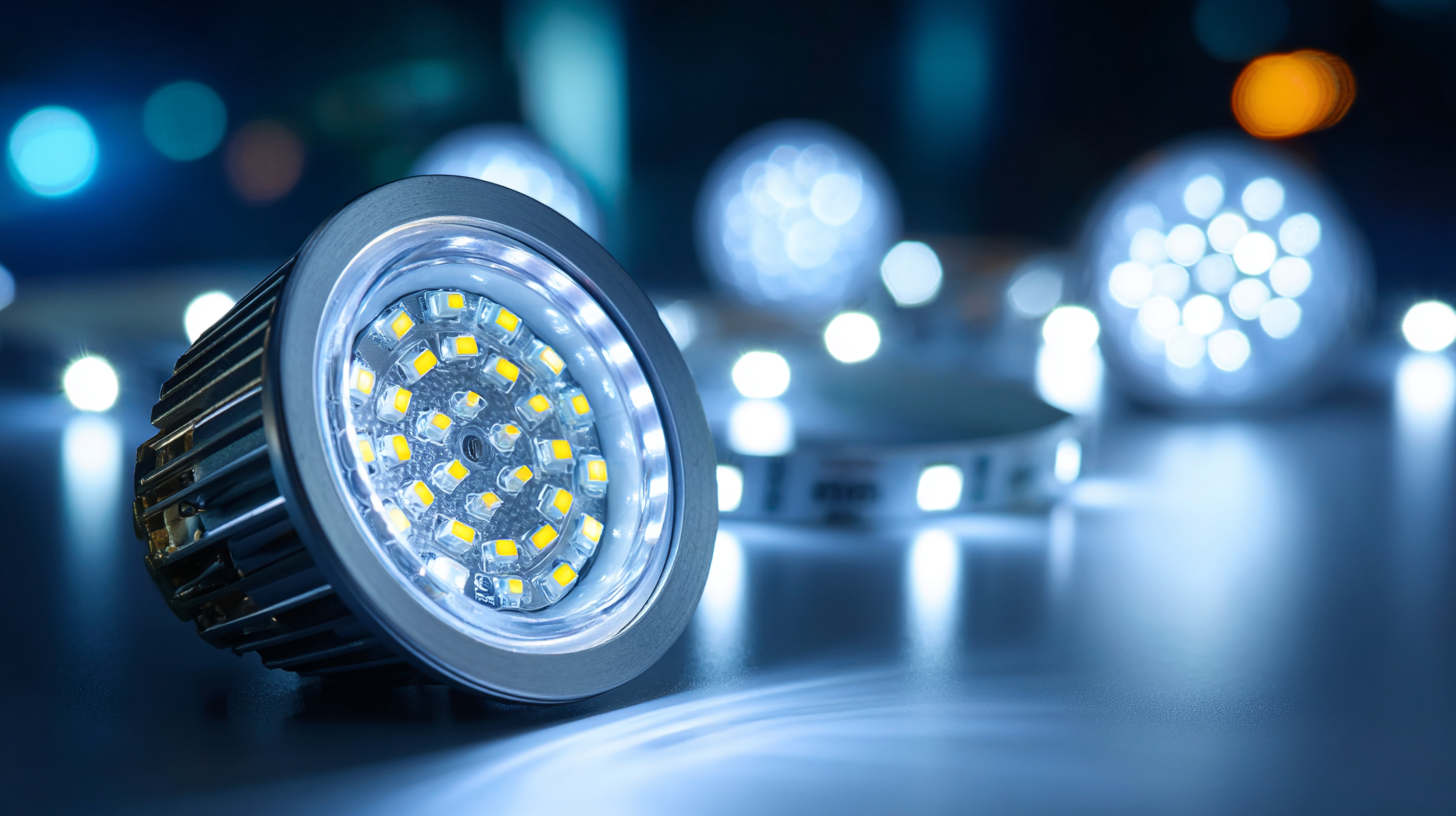
Comparative Analysis of LED vs. Traditional Lighting Solutions
The LED lighting market is poised for significant growth, driven by the ongoing shift from traditional lighting solutions to energy-efficient LED technology. According to recent market analysis, the global LED lighting market was valued at approximately $94.5 billion in 2024, with a projected compound annual growth rate (CAGR) of 10.4% from 2025 to 2034. This expansion is largely attributed to the increasing application of LEDs in automotive lighting and residential settings, highlighting their cost-effectiveness and longer lifespan compared to fluorescent, high-pressure sodium, and metal halide options.
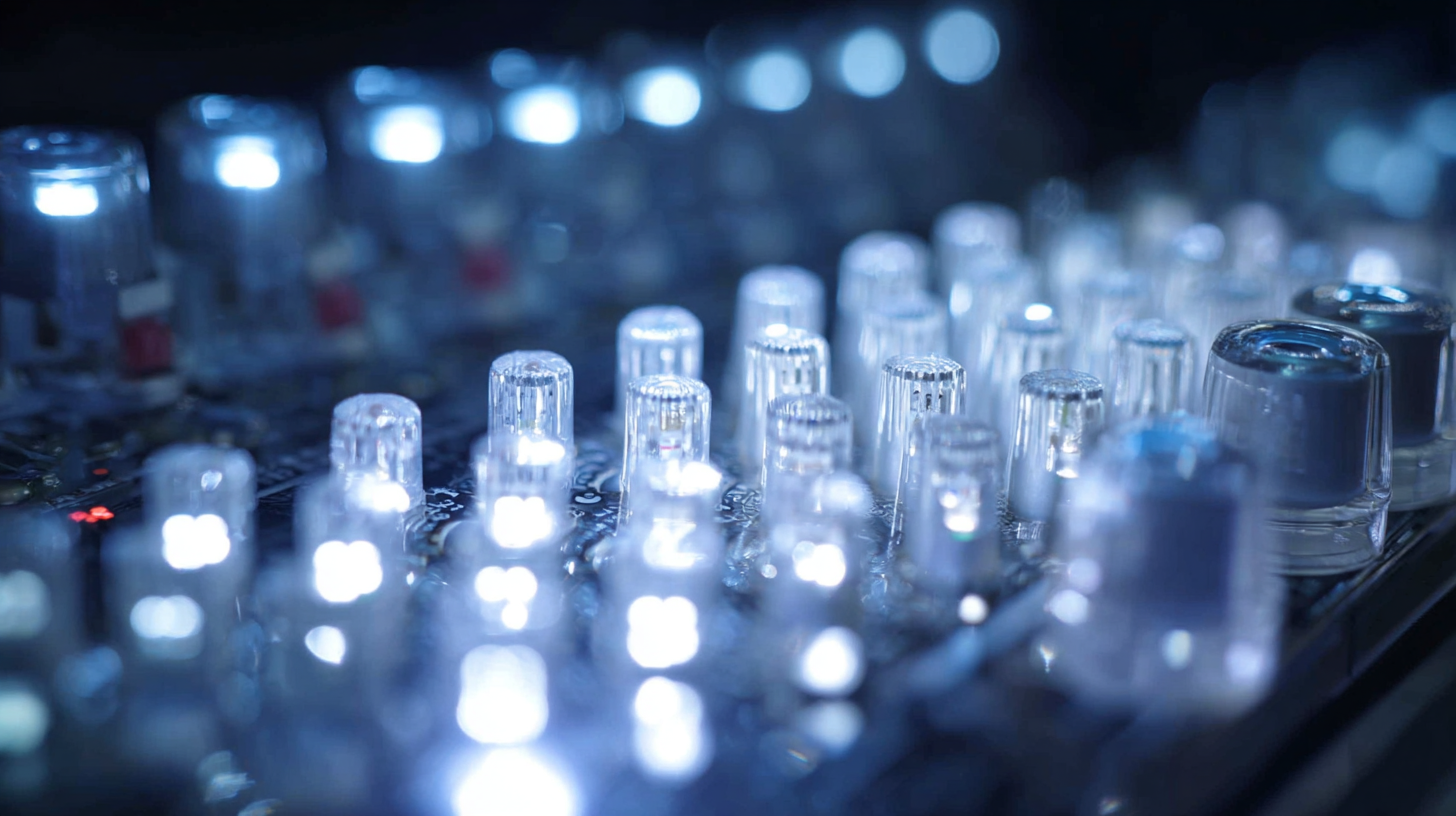
Furthermore, the horticultural lighting segment, which includes various applications such as indoor agriculture, greenhouses, and vertical farms, continues to gain traction. The size of this market is evolving with innovative lighting solutions that optimize plant growth while minimizing energy consumption. As of now, notable types of plants' lighting technologies—like fluorescent and high-pressure sodium—are being challenged by the superior efficiency of LED systems, suggesting a promising future for LED applications in specialized fields like horticulture. The ongoing advancements in LED technology not only enhance energy efficiency but also align with the growing demand for sustainability in lighting solutions.
Future Trends in LED Technology for Sustainable Energy Practices
As industries and households increasingly seek sustainable practices, LED technology stands at the forefront of energy efficiency innovations. Recent projections from the U.S. Department of Energy indicate that by 2035, LED lighting could reduce energy consumption for lighting by 50% compared to traditional lighting solutions. This advancement aligns with global initiatives to reduce carbon footprints while optimizing energy use. The transition to LED lights not only decreases energy bills but also extends the lifecycle of lighting devices, further minimizing waste.
The latest trend in LED technology focuses on smart lighting systems that adjust illumination based on activity and daylight levels. According to a report by MarketsandMarkets, the smart LED market is expected to reach $25 billion by 2025, signaling a shift towards smart energy management. These systems enhance energy savings while providing personalized lighting experiences, making them an essential component of modern energy-efficient homes and businesses.
Tips:
1. Consider retrofitting your existing fixtures with LED bulbs to achieve immediate energy savings without the need for costly replacements.
2. Explore smart LED systems that can be controlled through mobile apps to maximize efficiency and adapt to your lifestyle.
3. Stay informed about the latest advancements in LED technology to leverage innovations that contribute to sustainability and cost-effectiveness.
Challenges and Opportunities in Widespread LED Adoption
The widespread adoption of LED technology presents both significant challenges and exciting opportunities in the pursuit of energy efficiency. As cities and industries transition to LED lighting solutions, they encounter obstacles such as the initial investment costs and the need for updated infrastructure. Many organizations are still reluctant to make the switch due to the financial burden of retrofitting existing systems. Furthermore, the variability in LED product quality can lead to concerns about longevity and reliability, which can deter institutions from committing to a full-scale transition.
On the other hand, the potential benefits of LED adoption far outweigh these challenges. The long lifespan and lower energy consumption of LED lights significantly reduce operating costs over time, making them a smart financial investment for numerous sectors. Moreover, as technology advances, innovations in LED design and efficiency promise to enhance performance while reducing waste. Public awareness campaigns and government incentives can further encourage rapid adoption, fostering a shift toward sustainable energy practices that could ultimately lead to reduced greenhouse gas emissions and a resilient energy future.
Exploring the Future of Energy Efficiency with LED Technology Innovations
This chart illustrates the annual energy savings achieved through the adoption of LED technologies from 2018 to 2023. As seen, the trend shows a significant increase in energy savings, highlighting the ongoing impact of LED innovations on energy efficiency.
Related Posts
-

Benefits of Using LED Fixtures for Enhanced Energy Efficiency
-
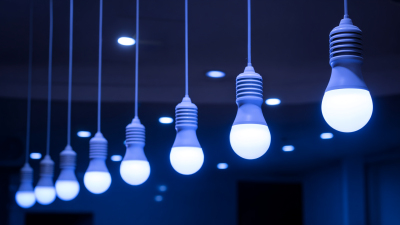
How to Maximize Energy Efficiency with LED Technology for Your Business Operations
-
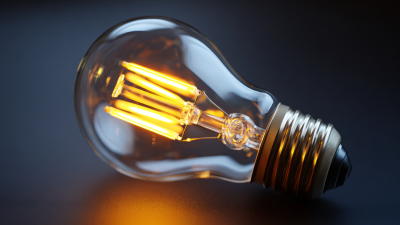
How to Harness the Power of LED Technology for Energy Efficiency
-
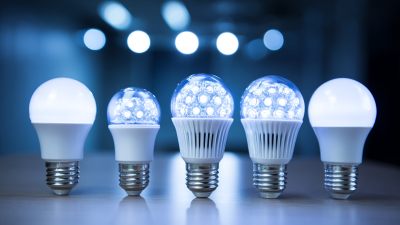
How to Leverage LED Technology for Energy Efficiency and Cost Savings in Your Business
-

How to Choose the Best LED Spotlights for Your Home Lighting Needs
-

Top Strategies for Maximizing Efficiency with LED Spotlights in Your Procurement Process
